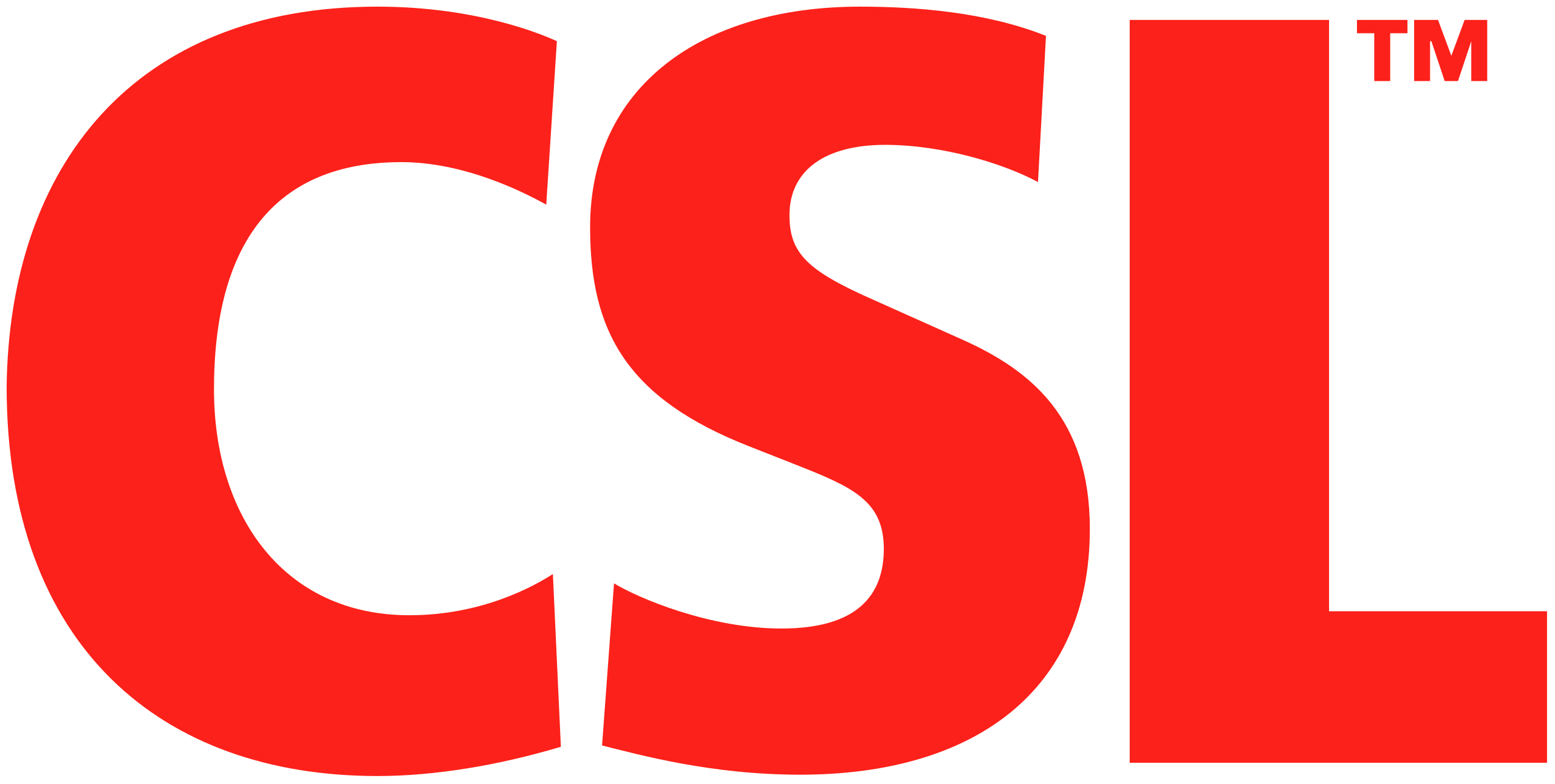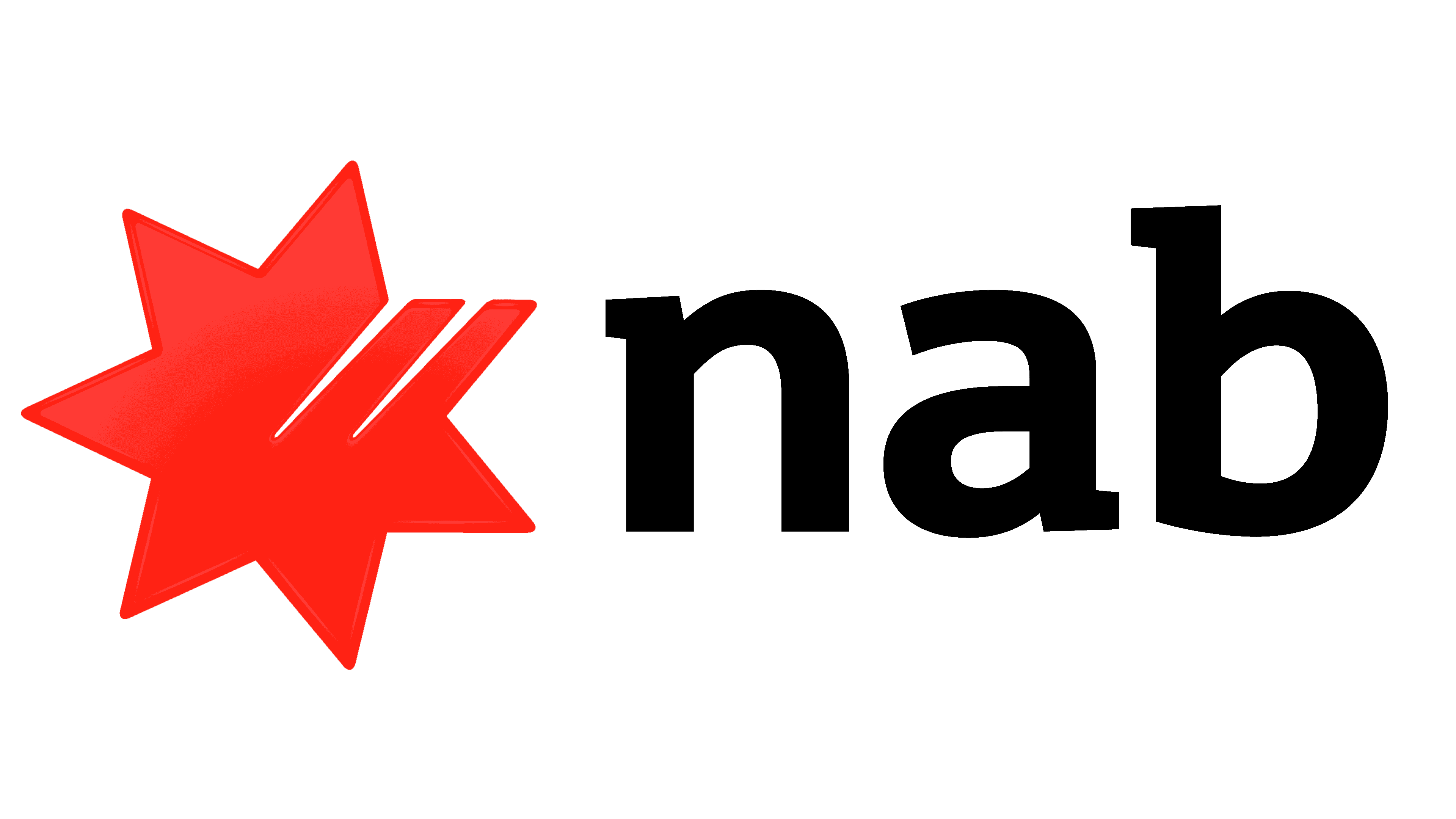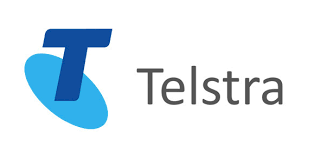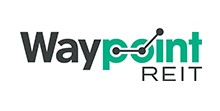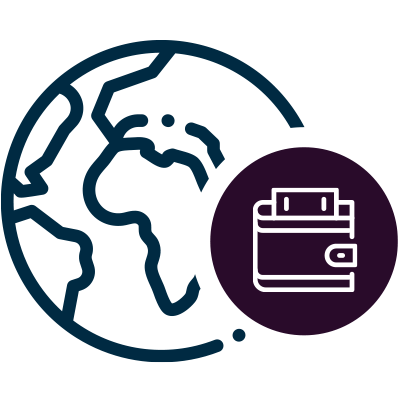Building our portfolio in a FOMO economy
PORTFOLIO
Top Holdings (alphabetically)
Sector Breakdown
Capitalisation Breakdown
Country Breakdown
Custom Sector Breakdown
PERFORMANCE
Performance Table
NET PERFORMANCE FOR PERIODS ENDING 31 May 20201
Performance Chart
NET PERFORMANCE SINCE INCEPTION2
COMMENTARY
Article contribution from Livewire:
“It does feel like FOMO is back”: Those few words encapsulate just how worried Rhett Kessler, the CIO of Pengana Capital, is about markets right now.
Sentiment has changed in the blink of an eye. From having been “More excited about the value on offer than ever before” on 19 March, Kessler is rebuilding the Pengana Australian Equities Fund’s record low cash balance after snapping up bargains and piling into “mouthwatering” capital raisings. He’s also navigating through a world where the situation is so fluid that it has become extremely difficult to predict a company’s outlook with reasonable certainty.
In this CIO profile, Kessler discusses what’s worrying him about the market and shares how Pengana has adapted its investment process with their five criteria to deploy cash. He also lays out the steps of how to detect a great company even in challenging times. Kessler also talks about some resilient stocks that he owns, and some he wishes he did.
Can you explain your investing philosophy?
I came to investing pretty late in life and I fell into the job. And what I discovered was the reason for me investing is to either create or maintain financial independence. For me, financial independence is, on a lighter side, trying to keep my wife and kids in the manner they’d like to become accustomed to, but essentially it’s so that if you want to do something in life, it’s not a monetary decision. It’s a, “Do I want to do it?” decision. That, for me, is financial independence. So the way I think about it is that if I can create a well-diversified portfolio of ever-growing annuity streams that will provide the underlying cashflow, it will create financial independence.
There are two rules:
- Don’t lose money.
- The other is if I can create an annuity stream that ensures that my purchasing power continues to grow, irrespective of the inflation through time, that will create financial independence.
And so it all comes back to the way we’ve configured our mandate, which is:
- A – Preserve capital, and
- B – Try to beat whatever the risk-free rate is, which is a proxy for inflation to some extent, try to beat that by at least 6%. Which I think is the premium you require for taking on risk in growth assets. It appeals to me because it’s both qualitative and quantitative. Certain risks require lower returns, but higher risks require bigger returns, but with a cut-off. So when the risk gets too high that it becomes binary, it’s not for us. It’s hard to preserve capital when you’re playing in that sphere.
Has any investor had a big influence on you?
I’ve thought about this quite a bit and suffice to say that you’re always learning. There’s always people having an influence.
I don’t want to get soppy, but essentially my parents had probably the biggest impact on me because they taught me the way to attack life was to be honest and hardworking. And so when we invest, I look for people who are the same and try to surround myself with investments that are run by those kind of people. I was lucky enough in this country to come across Greg Perry early in my days in Australia. And he had a big influence on me in terms of his growth focus.
I’d be silly not to say that Warren Buffett and his writings haven’t had a big impact on me. And particularly at times like this, where I go back to his old writings and it just sort of centres you, and you think about what real wealth creation is as well as capital preservation, margins of safety. So I like to think I’m always learning and I probably haven’t mentioned 10 or 20 people that have had a big influence on me, but it’s something that I’m always on the lookout for, people I can learn from.
You say no to stock ideas and other investment possibilities five to 10 times a day, but you say yes, maybe once a month. What does it take to get through your filter?
First of all, I think that whoever looks under the most rocks, finds the most opportunities, will win. And so our job is to have great idea generation. Part of listening to everybody so that you do end up saying no is to keep the communication channels open. Because if you always say no upfront, or you don’t look at places that you don’t normally look in, you close down those communication channels and you won’t get the information. So we listen to everybody, we speak to everybody. It’s their job to get information into our bucket. And it’s our job to make the buy or sell decision.
So once we hear an idea and we like something, and by like it, it means we can understand it, we can contextualise it. We can understand or start the beginnings of an investment thesis. That’s when we start doing the work. And we typically look for great businesses, run by competent management at the right price.
Now it is very easy to do a lot of work because it’s a great business and it’s got great management and be seduced by that. What I find is, a saying my mother always used to say to me, “Rhett, if you’re at a poker game and you turn up late and you can’t work out who the Patsy is, it’s you, go home.” We apply that to stocks. So if we find a great business run by competent management, but we can’t work out how we’re going to make money out of it, then we absolutely put all the information we’ve gathered into a file, watch that company jealously and hope one day it’ll come back in price.
This happened, to some extent, at the beginning of the year. A whole lot of companies we’ve always wanted to own, but have always been too expensive for us, we managed to get our hands on.
What might be the quantitative and qualitative overlays to your process when you look at an investment?
So the first thing is we try to find good businesses. And typically in this world of relative investing, if you ask someone what a good business is, you say, “Hey, is Coles a good business?” some people might say “Rhett, it’s better than Metcash, but not as good as Woollies.” That doesn’t really mean anything to us. We need to know, is that a good business in an absolute sense? So we’ve almost had to develop a different language. So for us, a good business is three things in simple terms.
The qualitative factors
- Firstly, can we understand for every dollar we put into the business, what we’re actually buying? An example would be that if you buy Credit Corp, more than two-thirds of it is a collections business, most of it domestic, some of it US, and one third is a consumer loan business. Then I know what I’m putting into it. Often, it’s quite difficult to work out when you buy some of these companies, what you’re actually buying.
- Secondly, can we predict with reasonable certainty what those businesses are going to do in the future?
- And thirdly, probably where we spend most of our time, is trying to work out who has the power between every stakeholder relationship. So in terms of suppliers versus you, in terms of customers versus you, staff, regulators, all the stakeholders, who has the power? And good businesses generally hold the power balance in every one of those situations. Coming back again to what’s happened in the last three to four months, it’s been a unique opportunity to work out who really holds the power because those power relationships have been tested.
And so we’ve been all over trying to understand structurally whether any of those have changed. So that’s a lot of qualitative things.
The quantitative factors
On the quantitative side, we ask, “Can we work out that we can get paid with an after-tax cash earnings yield of at least 6% growing to at least 10% in four to five years with a reasonable amount of certainty?” So that’s a quantitative number for us.
And why do we use those numbers? Because that gives you a context for how you are going to make money out of the business. And that after-tax cash earnings yield calculation is non-trivial. For us it entails pretending that we’re a hundred per cent owner, taking reported earnings, and adjusting that reported earnings to a number that if I was a hundred per cent owner, I could scrape off the business in cash at the end of the year, put it in my pocket, walk away, so that the next year I haven’t damaged the business and I can come back and scrape off more. That is real free cash flow.
A lot of times reported earnings do not take into account building a Debtors Book, building stock, building capex, etc. And so that number, I think we’ve earned a bit of a reputation, a painful reputation that maybe management teams will know that when they come into our offices, we always say, “Show us the cash. Don’t show us reported earnings.” Because that’s really what we’re after. And that’s the quantitative thing that keeps it real for us.
Can you explain some of the unusual techniques you apply when looking for companies?
One of the great benefits of having our own business, so we’re not part of a big organisation where we’re a division, Anton and I actually own our own business. And so when we’re running our own business, we’re very cognisant of the risks and managing all the stakeholders. And we take those tricks and traps that we’ve learnt personally, and we apply them to the business. So really good example would be, for example, today, Super Retail Group is doing a capital raising.
For us, we listened to the conference call, we’ve got our model, and they were quite clear on all that stuff. And the brokers will provide all the numbers. But what we were really interested in for example, was you’ve got a new CEO, you’ve got two new divisional heads. How did they cope through, I mean, we knew how tough we found the last four months, but how did they cope through that?
And so you’ve got to try to find questions that are different to what management is typically expecting to hear, and then gauge their responses based on your history with them and to try and understand the underlying resilience of the management team, which is what we’re after.
We think Super Retail’s a decent business. We think it’s quite cheap. But we really wanted to understand whether the new management team is up to the job of running it, and if they were up to running during these tough times, you’ve got a good start. So in summation, I guess for us, the best technique is trying to get under the skin of management and understand what isn’t in the script, how they’re really feeling and what’s really going on. And we try and do that every time.
What makes you say no to a business? Are there one or two red flags that you look out for in particular?
- I mean, the absolute red flag is if management is disingenuous. And so if we can’t trust management, we just don’t go there. That’s the first one.
- The second one is if we can’t understand for every dollar, what we’re actually getting out of every business.So if it’s opaque, we typically stay away.
- The third one is, is if we can’t predict with reasonable certainty. So for us predicting oil price is really, really hard. The only time we invest in commodity players or where we can’t predict with reasonable certainty the price, is when we find the lowest cost producer in that environment. And even at the lowest cost so they’ll stay in business, we can still generate a decent cashflow. Otherwise, we typically stay away. But those are the main factors I think.
On the 20th of March, you had a webinar with your clients and you said that you were more excited than ever about the value in the market. Are you bullish or bearish today?
We’re always a bit of both because we invest from the bottom up, but there is no doubt that the investment parameters have changed and I would be lying if I wasn’t saying that for the last probably two or three weeks, and it seems a weird to say for the last two or three weeks, because I think I’ve mentioned this before, there are years where nothing happens and then there are days when years happen and certainly the last period has been years happening within days.
But we have certainly been lightening our exposure to equities quite significantly over the last few weeks, taking advantage of some very robust and exorbitant prices. It does feel like FOMO is back, fear of missing out, and we’re seeing some remarkable behaviour. A lot of the evidence points to the fact that it’s retail-driven. But I think to some extent, institutional under-performance is also probably to blame for it.
You’ve said you’ve been lightening up, what’s your cash level at now compared to when you had that call with clients? What does your sector positioning look like?
So cash was at record lows. Probably not at the 20th of March, I don’t think anybody was brave enough and certainly we weren’t, but certainly we found a lot of opportunities and deployed a lot of cash into those mouthwatering capital raisings. So it was at record lows and for us that was 5% or maybe even lower.
Currently, it’s several per cent higher than that. And we’ve balanced it with quite a bit of insurance in the past and we’ve taken some money off the table on that insurance. So we’ve balanced it quite a bit. The portfolio has probably gotten a lot more defensive as well. I can go through that in a bit more detail. I don’t want to give away all our secrets, but we certainly have trimmed some of the higher beta, if you want to call it that, in stocks. But again, it’s very specific where valuations have rerated substantially. So they’re no longer enticing. We’ve taken quite a bit of money off the table, particularly the banks and some of the financials.
You said there feels like a bit of FOMO happening in the market. And earlier we were talking about the record amount of retail accounts, which have been created in recent days. Does that worry you?
Everything worries me. But it’s reflected in the prices, right? And I’m a bit of a laissez-faire guy that if people want to pay that for things fantastic, you can have it from me, but it does worry me. So we have over 400 direct high net worth clients, as well as financial advisors. We don’t have any institutional money in our portfolio. And I think all credit due to the financial advisors, they have trained their clients really well not to panic. If you’re going to panic, you should panic early, but not to panic when it’ll have the least effect because it’s already in the market. And so what we’ve seen is a real stability amongst financially advised clients.
But what we have noticed is a real appetite for equities from high net worth investors and punters, there’s both in that sector, that has surprised us. Now, what that tells me is that there hasn’t been real capitulation yet. And that worries me.
Can you talk me through the five criteria to deploy cash?
So in these unusual times we essentially applied our normal process, but in order to be even more targeted, we try to use five criteria as you mentioned.
- Firstly, if we can raise liquidity and change our minds if we need to. And that means if we getting into a stock and it goes up a lot, you want to take some money off the table if your thinking changes.
- Secondly, we want to make sure that the company could survive what could be a very tough period ahead. And so we looked at both balance sheet and business model and we had to be sure that the companies could survive.
- Thirdly, we wanted to make sure that the real bargains, or the real opportunities would be in companies that would emerge even stronger from this period, because we’re medium-term investors. And we thought that if they are in an industry that the peer group won’t survive or they’ll be absorbed by the company that we’re backing, that would be quite good for us.
- Fourthly, we wanted to be able to buy it at a bargain and be very greedy. So we wanted low double-digit or even single-digit multiples.
- And fifthly, we realised that management not only should be competent and honest, but we needed resilient management that could go to war so to speak with the virus and make decisions quickly and get the backing of their staff and win the trust of their staff even more. And so we’ve applied those.
Example – Aristocrat Leisure
So one would be a company like Aristocrat. We felt that the balance sheet was really robust, buttressed by the online business. The balance sheet and business model are quite solid. Their peer group is quite leveraged and we’ve seen them cut back already on spending. Management’s pretty good and has gone onwards, and then we could buy it at 11 times. Now that’s a great example of a company that’s gone from $14 to $28. And we felt that made quite a bit of sense to take some money off the table.
Example – National Australia Bank
Other companies would include maybe the NAB. We think the chairman and the CEO are a really good team without any baggage. They’ve acted quickly and we think quite cleverly in approaching this and they also gave us a great opportunity to buy it at 75% of book value. Our view is that the government is using the big four banks as a bridge across a lockdown valley. And so they’re essential parts. Isn’t it amazing that we’ve done a full 180-degree turn from the banks being the absolute prize, and I’m sure that’ll come back at some stage, but to being our saviours and everyone’s turning to them for help now. So that’s been the big turnaround.
Example – Credit Corp
And probably the last one I’d like to talk about is maybe Credit Corp, where this is quite good for their business in that after the GFC, Credit Corp and their peer group were able to buy incredibly cheap Debtors Books that they lived off for the next 10 years. And so we think them reloading their balance sheet in order to take advantage of that again, sets them up really well.
And we all know what’s happened to Collection House, Panthera, Pioneer Group have fallen by the wayside. So those examples are where the strong will get stronger. Not without risk, don’t get me wrong. We watch them very carefully, but we think that they were well-calibrated bets.
What are your criteria for raising cash? And can you talk about some companies that perhaps you’ve sold or trimmed back on?
The obvious one was if you can buy something at a bargain and then it goes up by maybe 100%, it’s no longer a bargain. Because you go back to that after-tax cash earnings yield. So if after tax cash earnings yield is no longer as mouthwatering as you’d like, well then your position might be too big. So trimming something like that would make a lot of sense. Likewise, some of the banks, we’re buying them all at big discounts to book value. Once they’d rerate it to book value, you’ve then got the next issue of the risk around bad debts, your margin for error of buying them at a big discount to book value has disappeared. And so you take some money off the table.
So some banks, any other names you can share?
We’ve sold quite a bit of Westpac and we’ve trimmed all our banks. So I must just say, people bump into me on the street, my peer group, and they say, “Rhett, do you like the banks?”. And I say, “I love the banks,”. Say, “Really, how much have you gone in the banks?”. And I say, “I’ve got 10% of my money in the banks,”. And they laugh at me because they hate the banks but they’ve only got 20% of their money in because they took I think 25% of the index or thereabouts, we’re index unaware. So for me on one homogenous risk that the banks and the cost of money, 10% is a lot of money. And so we just think about things a little differently.
What worries you about the banks to keep just 10%?
Well, just 10%, I differ with you. That’s a lot of my money, right? When there’s a lot of opportunities out there. What would worry me about the banks, we try not to have more than 10% in any particular homogenous sector, but these are highly leveraged businesses. And so if bad debts go up that’ll have a real impact on their capital. And at the same time that bad debts go up, your provisions you need to hold against your Debtors Book goes up. And so it’s a vicious circle.
Banks’ leverage is nontrivial, and we think they’ve got scale, we think they’ve got power over the price of the lowest cost provider of widgets, which is money, which is what they lend. They’ve also got the scale, to some extent that this economy of scale is countered by people trust the banks more with their deposits because of their size. And what I like about them most at the moment is the fact that they’re very, very profit-focused. And we think there’s quite a bit of fat there.
What is the biggest investment mistake you’ve made? Can you share why it happened and what you learned from it in order to become a better investor? A nugget you can share with our audience.
Oh geez. You’re always making mistakes. I think it’s hard to know where to start because we have made a few mistakes. Probably the biggest mistake we’ve made is maybe being too cautious when the cost of money came right down. And I’ll probably say that the biggest mistake we made as a result of that was we didn’t understand the Afterpay model.
So we were a beneficiary of quite a bit of shares at the float. And when I ran my calculations as to how big their Debtors Book or their turnover needed to be in order to make money, to make the share price make sense, I forgot about the fact that they turn over their money every month. And I used an annual number. And so you can imagine the stretch, 12 times difference, made the business model seem not feasible. And as a result, we took our money off the table way too early.
Are there any other businesses which seem like Afterpay perhaps where you might have a second think about the model you’re applying to it?
We’re always learning that way. To some extent, if there’s no cash flow, it makes it particularly hard for us. So if we can’t see where we’re going to get our 6% in a year’s time, it gets really hard for us to hang in there. And that’s usually what knocks a lot of things out.
So maybe we’d like to own a Nearmap or a Nanosonics or some of those great companies because we understand the business model because one of our most successful investments has been in ResMed. It fortunately always had a cashflow, but we’ve watched the penetration through the US medical system build. So for a Nanosonics, we understand the way that happens and all the signs. The guys at Nanosonics have done a great job. All the signs are there and the metrics are there. So there is full cost stability.
What are some words of wisdom you can share with investors in a time that’s this uncertain?
I guess that maybe the words of wisdom is it’s bloody hard. And even the professionals find it really hard.
And can I just say that at the depths of March, the best thing you can do or that we did, probably a bit lucky as well, was we had the wherewithal that kept us psychologically sound.
Now what I mean by that is that we had insurance and we had loads of cash. We had 18% of our money in cash and we had big insurance in place. We had a big dollop of puts. And so when everything fell apart, we were affected like everybody else, but we had the liquidity and we had the resilience in our portfolio to keep our heads up and look around for opportunities, which allowed us to take the view in March that there were opportunities around. And then gave us the wherewithal to take advantage of them. So my advice would be, don’t bet the bank when forecast risk is so high.
And I guess it goes to the heart of our view that capital preservation is really important. And so always keep some powder dry, doesn’t really help with performance or outperformance, I should say, but we are okay with it. Because we just need to do risk free rate plus six. And so keep yourself psychologically sound is probably the single most important piece of advice I can give.
PERFORMANCE TABLE
FUND PERFORMANCE (A$, NET OF FEES)
PROFILE
Platform Availability
- AMP MyNorth
- Asgard Element (Masterfund)
- Asgard – E Wrap, Master Trust, Infinity
- AET Wholesale Access Fund
- BT Panorama
- BT Wrap
- Colonial First Choice
- Centric IDPS
- First Wrap
- FNZ
- HUB24
- IOOF Pursuit
- IOOF
- Macquarie Wrap
- MLC Wrap
- Mason Stevens
- Navigator
- Netwealth
- OneVue
- Omniport(lifespan)
- Powerwrap
- Praemium
- uXchange
STATISTICAL DATA
PORTFOLIO SUMMARY
FEATURES
- APIR CODE PCL0005AU
- REDEMPTION PRICEA$ 1.7299
-
FEES *
Management Fee: 1.025%
Performance Fee: 10.25% - Minimum initial investment A$10,000
- FUM AT MONTH END A$ 880.52m
- STRATEGY INCEPTION DATE 1 July 2008
- BenchmarkThe RBA Cash Rate Target plus Australian equity risk premium.
Fund Managers

Rhett Kessler
CIO and Senior Fund Manager

Anton du Preez
Deputy CIO and Fund Manager
Description
The Pengana Australian Equities Fund aims to enhance and preserve investor wealth over a 5- year period via a concentrated core portfolio of principally Australian listed securities. The Fund uses fundamental research to evaluate investments capable of generating the target return over the medium term. Essentially, we are in the business of seeking to preserve capital and make money – we are not in the business of trying to beat the market. We remain focused on acquiring and holding investments that offer predictable, sustainable and well-stewarded after-tax cash earnings yields in excess of 6% that will grow to double digit levels as a percentage of our original entry price in five years. We believe that building a well-diversified portfolio of these “gifts that keep on giving” represents a meaningful way to create and preserve financial independence for our co-investors.
EXPLORE OUR FUNDS
1. Net performance figures are shown after all fees and expenses, and assume reinvestment of distributions. The benchmark of cash rate plus 6% p.a. is included in the chart as it relates to the Fund’s investment objective and performance fee. The Fund may invest up to 100% of its assets in equity securities. The greater risk of investing in equities is reflected in the addition of a margin above the cash rate. No allowance has been made for buy/sell spreads. Please refer to the PDS for information regarding risks. Past performance is not a reliable indicator of future performance, the value of investments can go up and down.
2. Inception 1st July 2008.
3. Annualised standard deviation since inception.
4. Relative to ASX All Ordinaries Index. Using daily returns.
*(including GST, net of RITC) of the increase in net asset value subject to the RBA Cash Rate & High Water Mark. For further information regarding fees please see the PDS available on our website.




